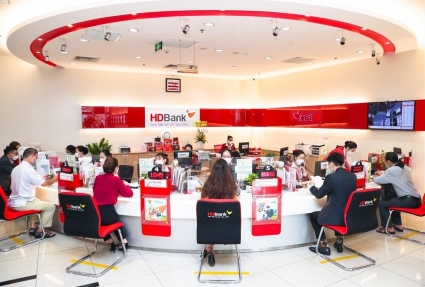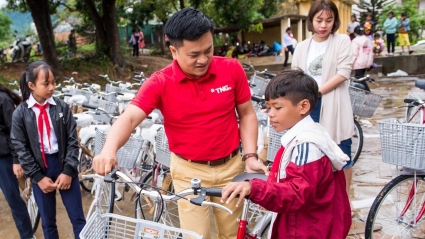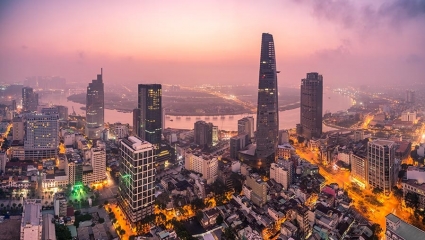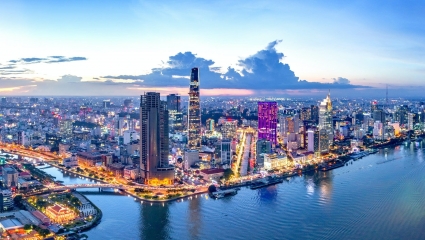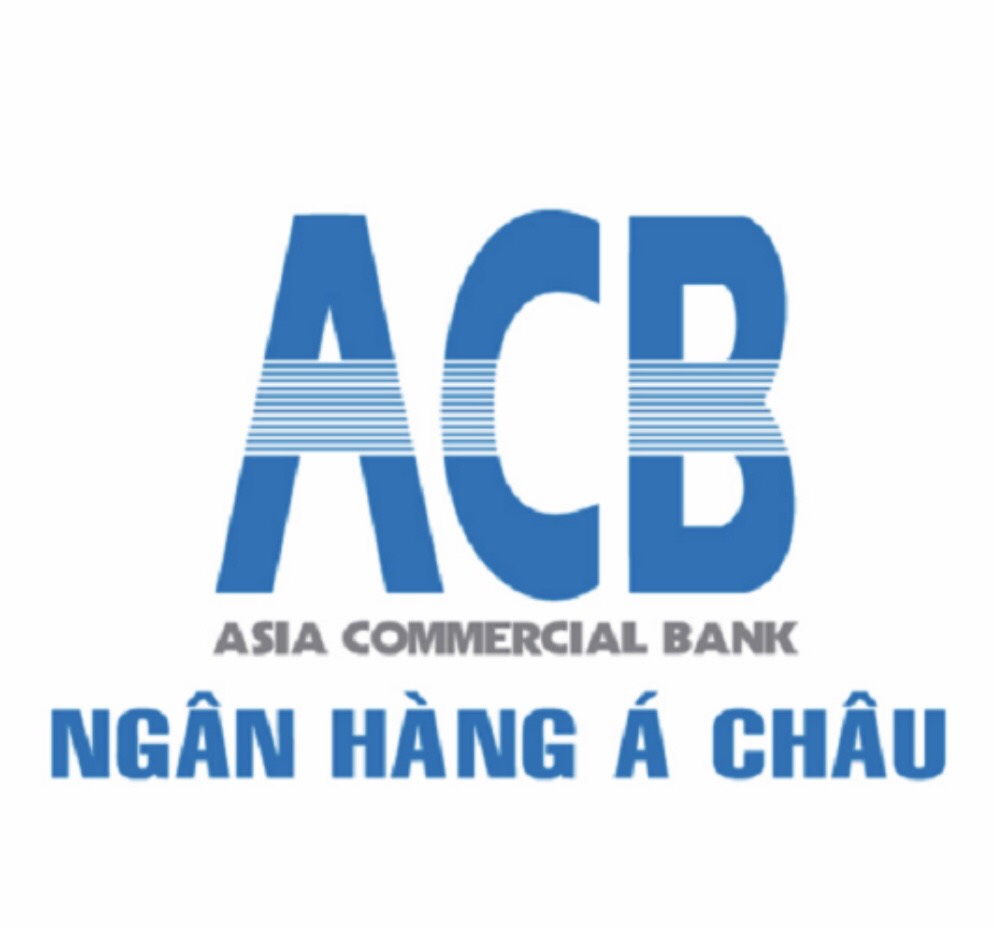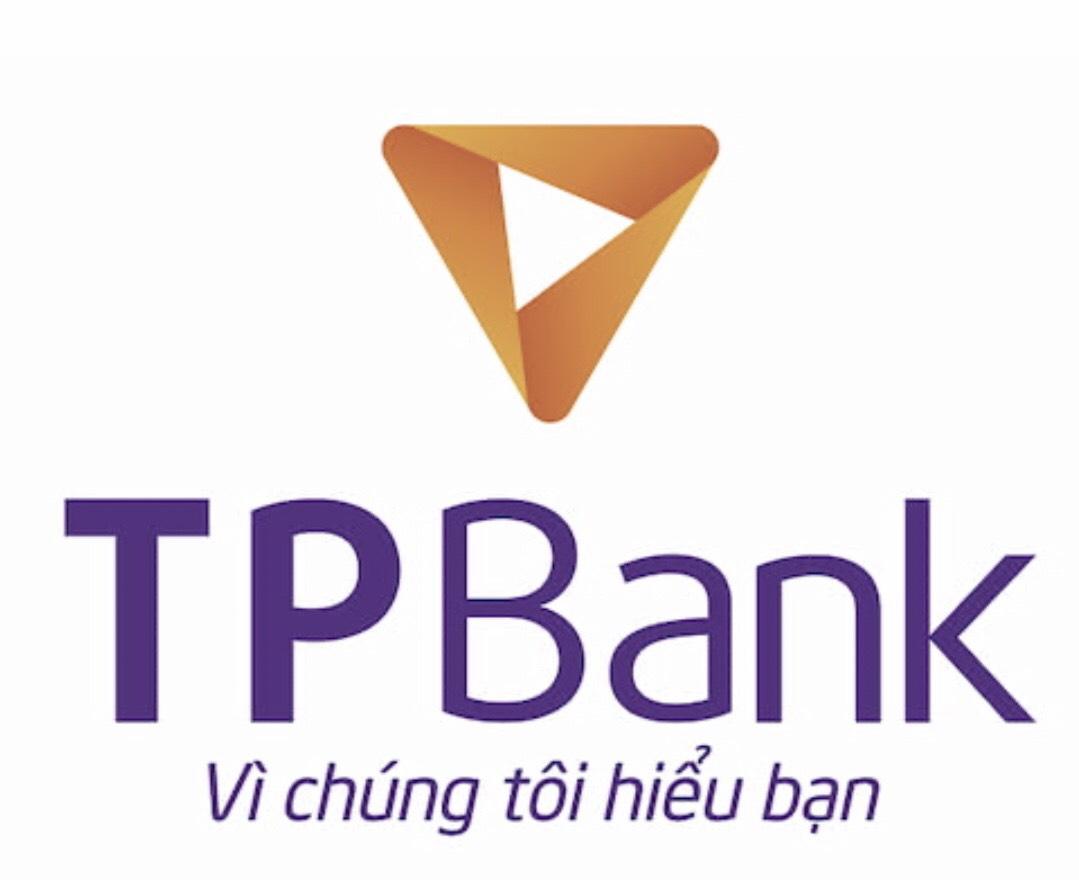Vietnam Leads Southeast Asian Region in Recovery from Pandemic
After tying for 100th place when the ranking was first published in July 2021, Cambodia and Vietnam have achieved a dramatic turnaround, ranking in the top 10 for four straight months. Some other members of the Association of Southeast Asian Nations have also significantly improved from a year ago, when ASEAN countries occupied the last few spots.
Nikkei's index assesses 121 countries and regions on infection management, vaccine rollouts and social mobility. A higher ranking indicates a more advanced recovery, characterized by lower infection and death rates, better inoculation coverage and fewer restrictions on movement.
October's edition of the index will be the final installment, as some data sources will soon cease to be updated. Various countries' changing guidelines for testing and reporting have also made it difficult to secure data for an accurate assessment.
Observations from the past 15 months have shown that even countries that suffered major outbreaks have been able to turn things around, first with determined vaccination drives and then by choosing to relax restrictions.
The Asian Development Bank (ADB) has maintained its favorable economic outlook for Viet Nam as it forecasts gross domestic product to expand 6.5% in 2022 and 6.7% in 2023, based on the update of its flagship economic report released today.
“Viet Nam’s economy recovered faster than expected in the first half of 2022and continues to grow amid the challengingglobal environment,”said ADB Country Director for Viet Nam Andrew Jeffries.“The steady recovery wassupported by strong economic fundamentals and drivenby a faster-than-expected bounce back of manufacturing and services.”
The Asian Development Outlook (ADO) Update 2022 says Viet Nam’s economy is performing reasonably well amid uncertainties in the global economy.Restored global food supply chains will boost agriculture production this year, but high input costs will still constrain the recovery of the agriculture sector.
Softening global demand has slowed manufacturing.The manufacturing purchasing managers’index in August softened to 52.7 from 54.0 in June. However, the outlook for the manufacturing sectorremains bullish given strong foreign direct investments in the sector.
Fully normalized domestic mobility and the lifting of COVID-19 travel restrictions for foreign visitors will support a robust rebound in tourism in the second half of the year, driving the growth of the services sector.
Increasing inflation in the United States andthe European Union has heightenedinflationary pressure inthe country. However, Viet Nam’s prudent monetary policy and effective price controls, especially for gasoline, should keep inflation in check at 3.8% in 2022 and 4.0% in 2023, unchanged from the projection made in April’s Asian Development Outlook.
The country’s economic outlook continues to face heightened risks. The global economic slowdown could weigh on Viet Nam’s exports.Labor shortage is expected to weigh on the fast recovery of the services and labor-intensive export sectors in 2022.
The slow delivery ofplanned public investment and social spending, especially the implementation of the government’s Economic Recovery and Development Program, could slow growth this year and the next, the report says.
ADB is committed to achieving a prosperous, inclusive, resilient, and sustainable Asia and the Pacific, while sustaining its efforts to eradicate extreme poverty. Established in 1966, it is owned by 68 members—49 from the region.
Các tin khác
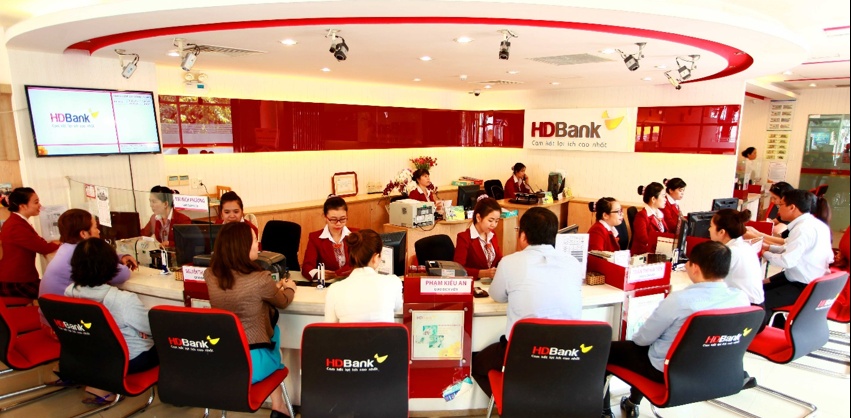
Tough year expected for banks in 2023
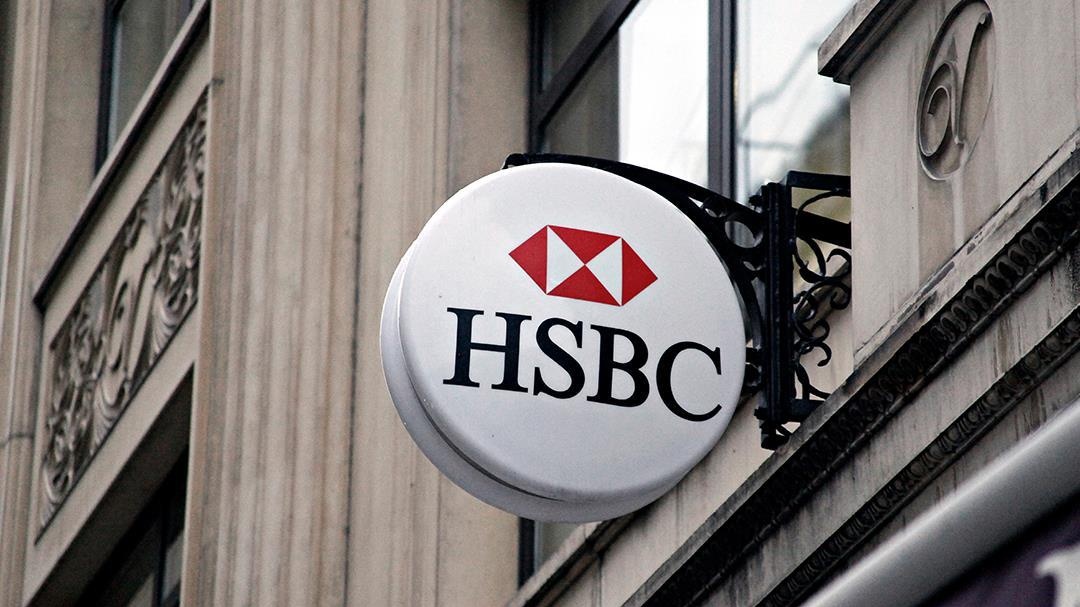
Vietnam’s Hiking Cycle Under Way, HSBC Says

Amazon Global Selling Vietnam Reveals its 2022 Vietnam SMEs Empowerment
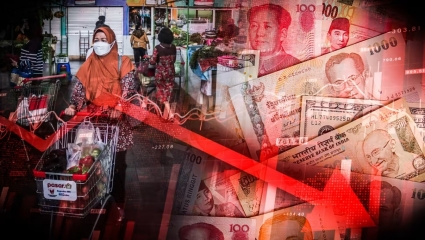
Asia Economies to Benefit from China’s Opening in Second Half 2023
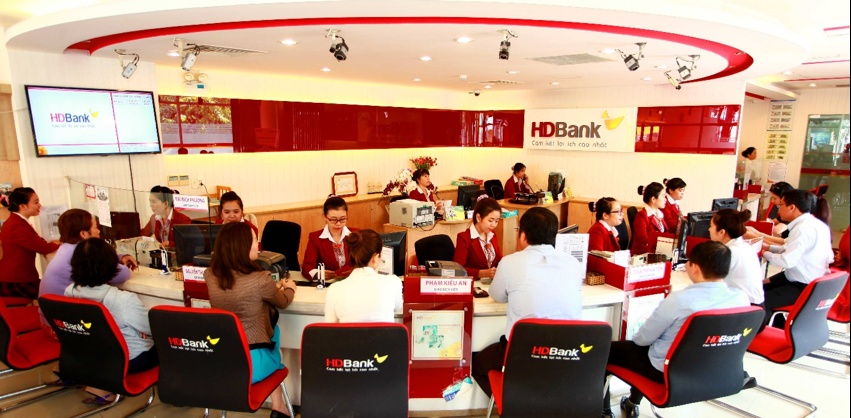
One More HDBank Leader Registered to Buy HDB Shares
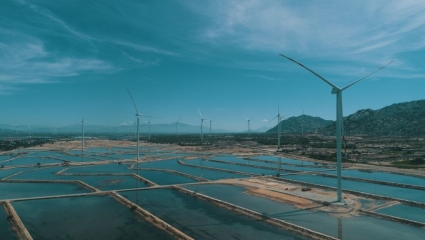
Sign of a Loan Agreement for Ninh Thuan Province Onshore Wind Power Project
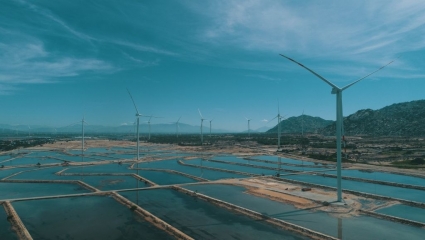
ADB, BIM Wind Sign $107 Million Financing Package to Support Wind Energy in Viet Nam
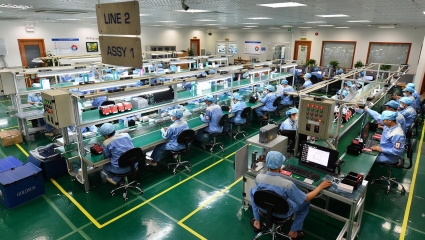
International Agreement to Support Vietnam’s Ambitious Climate and Energy Goals
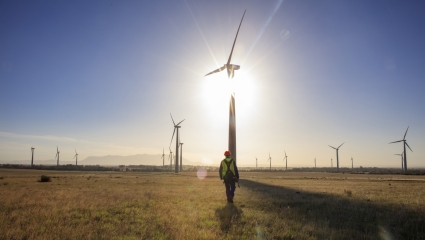
Vietnam to Receive $15.5 billion for Energy Transition
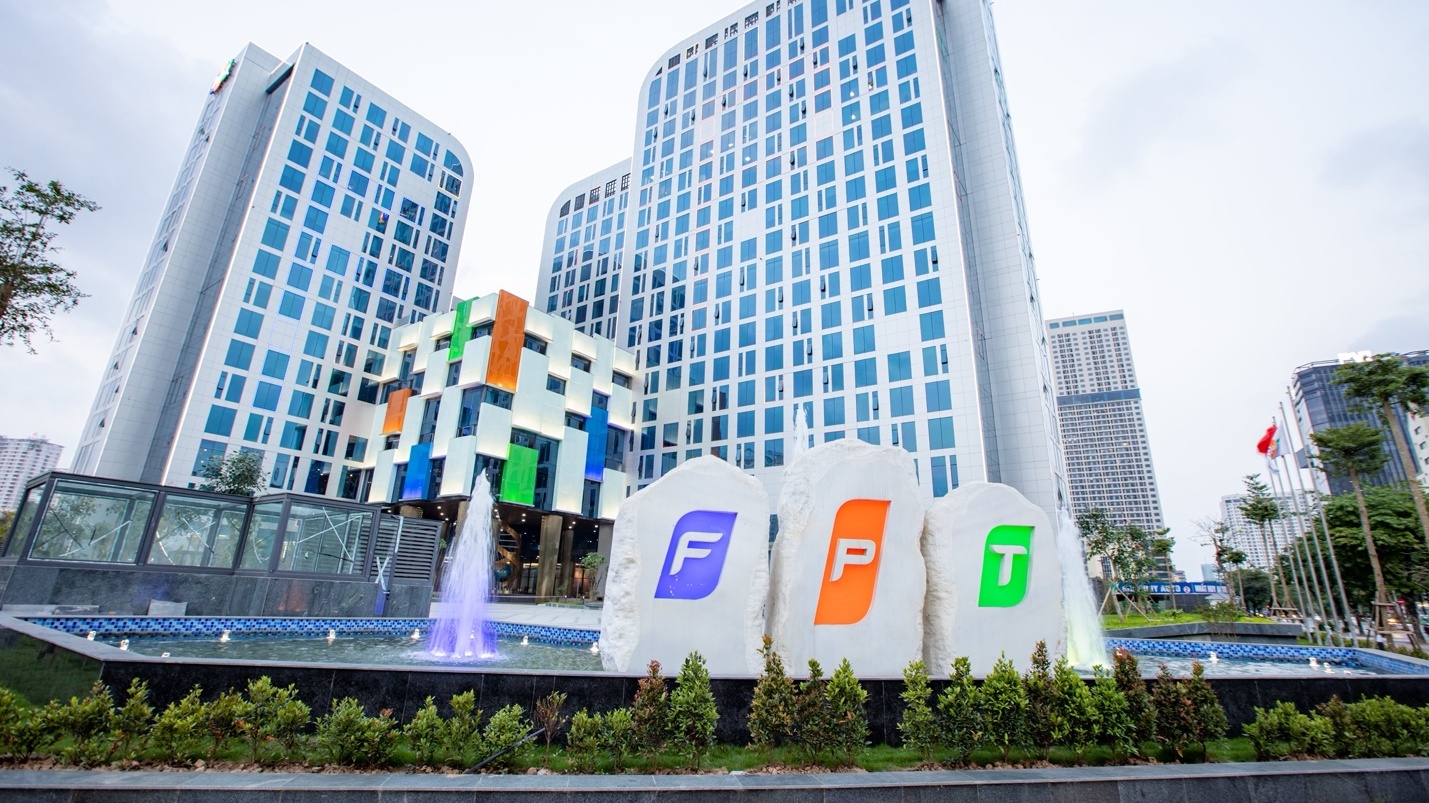
FPT Announced Business Results in the 11 Months of 2022
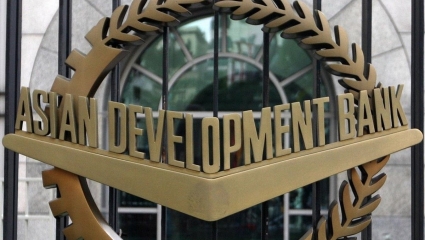
ADB Lowers Growth Forecast for Developing Asia amid Global Gloom

Amazon Announces its Biggest Holiday Shopping Weekend Ever
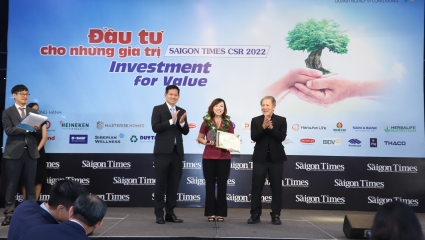
Unilever Vietnam to Consolidate the Position in Circular Economy
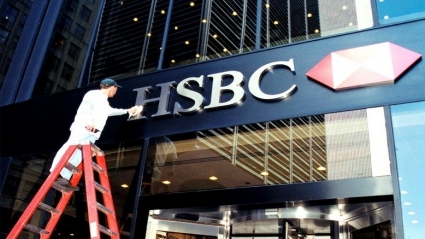
HSBC: The Vital Role of Voluntary Carbon Markets

Archetype Group Celebrated 20 Years of Growth
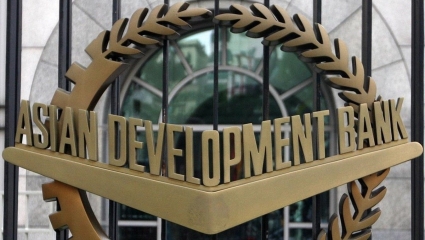
ADB, HAYAT KIMYA to Support for Women and Children’s Lives in Vietnam

HDBank is the Large-Cap Listed Company With the Best Annual Report 2022
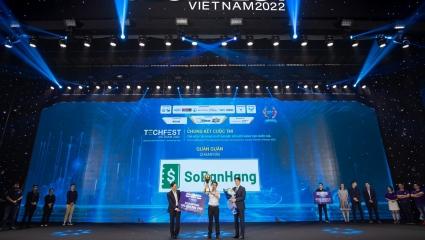
Sobanhang Excellently Won the Champion of National Innovative Technopreneur Contest
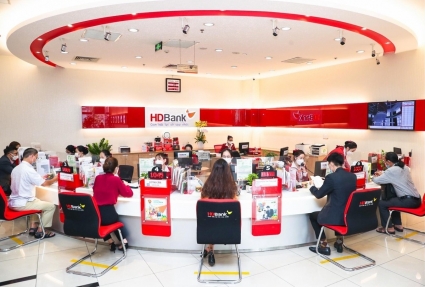
General Director of HDBank Continues to Rregister to Buy 1 Million of HDB Shares
